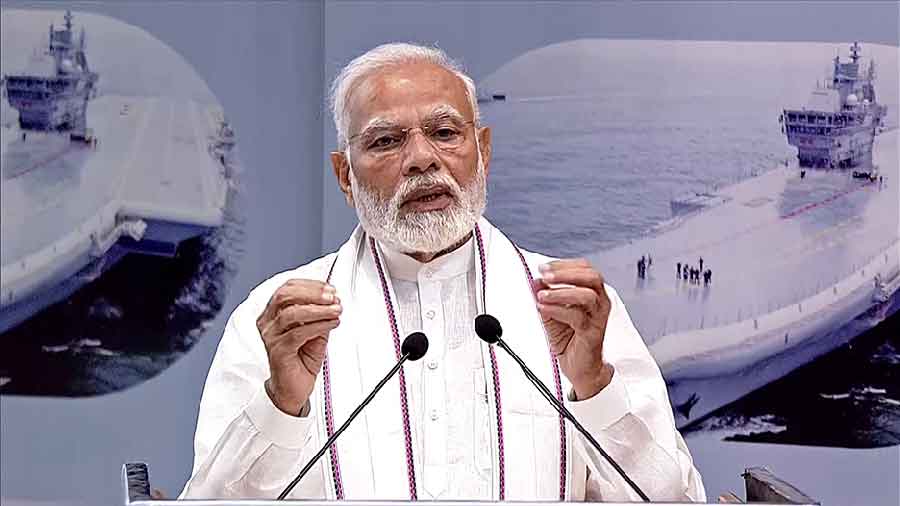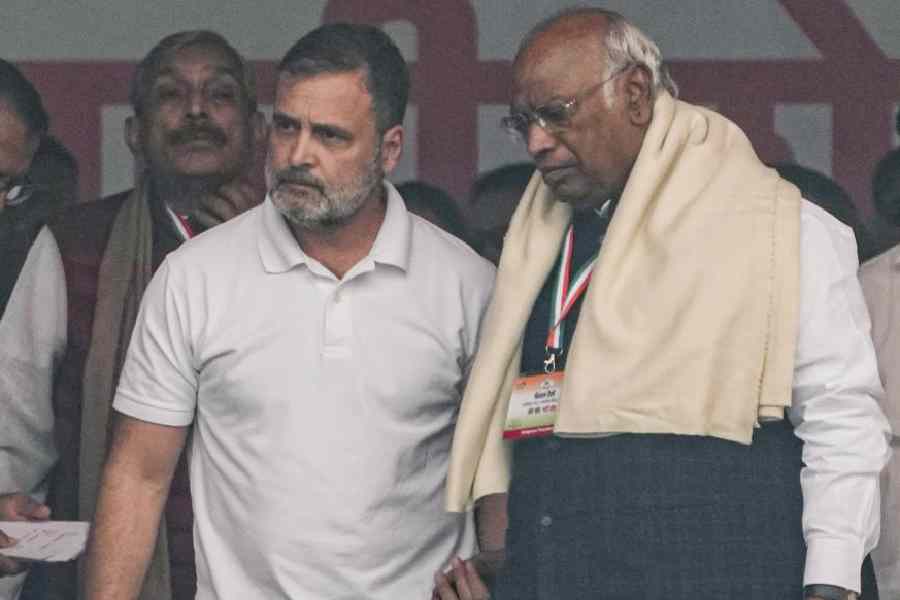The life of a republic seldom remains still. Electoral outcomes — the routine rise and fall of governments — need not, however, be a reliable indicator of the subtle currents in national life. An able register of deeper transformations can, at times, play out in the realm of symbols. Symbols, therefore, are critical ciphers. In the last few days, they have served as the bellwether of a purported shift in the direction of the nation’s ideological winds. A national museum dedicated to M.K. Gandhi has, in its monthly magazine, brought out a special edition on V.D. Savarkar. The irony works at a dual level. Savarkar was accused as a co-conspirator in Gandhi’s brutal assassination. Perhaps even more pertinent is the fact that Gandhi lived and died for a vision of pluralist India that has now come under a cloud as a result of the present government’s commitment to Savarkar’s template of Hindutva and majoritarianism. The fate of khadi, which Gandhi weaponised as a symbol of sacrifice during the anti-colonial struggle, may be headed towards an equally indifferent fate in New India. The Narendra Modi government, apparently India’s most patriotic regime, has introduced a change to the Flag Code of India, permitting the use of polyester in a bid to bolster its Har Ghar Tiranga campaign. One of the consequences of this move concerns livelihood: the tweak is expected to adversely affect the lives of those employed in the khadi industry, many of whom are women. The other signal, once again, is given voice by the allegorical. The alleged stepmotherly treatment towards khadi could well be a marker of the republic’s distance from the values of simplicity and — the irony should not be missed — self-reliance that are associated with the fabric.
Given the potency of symbols as hallmarks of change, it is a pity that the public discourse scarcely takes notice of all that is representative. All the more so since there have been significant alterations in this sphere. The bulldozer targeting the dwellings of a specific community, the new — fiercer — lions of the national emblem mocking the regal restraint of their Ashokan avatars, the old Parliament giving way to a new, ostentatious edifice — each of these images is the unfolding story of the nation told through metaphors. Together, they chronicle a fate whose pitfalls may not be expressed even in a thousand words.











